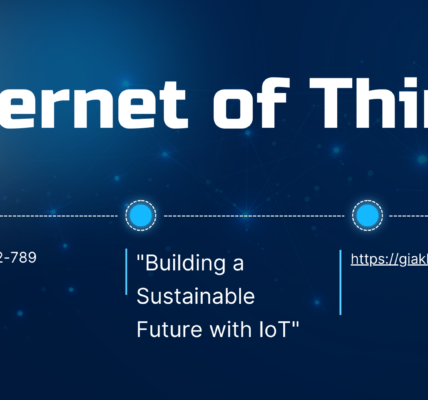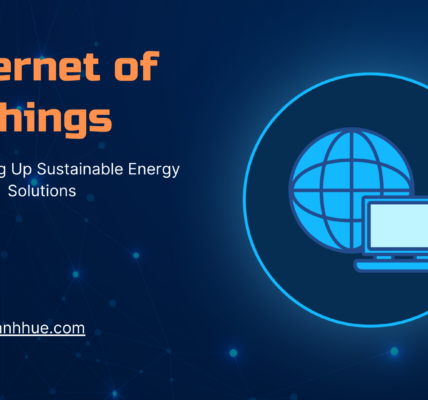The Internet of Things (IoT) is revolutionizing how we interact with the world around us, and one of the most critical areas it’s making an impact is in environmental protection. “IoT in Action: Environmental Protection through Technology” explores the dynamic role IoT plays in conserving natural resources, reducing pollution, and fostering a sustainable future. This article provides insights into how IoT technologies are being deployed to tackle environmental challenges while highlighting the potential for further innovation.
IoT’s application in environmental monitoring is a testament to its potential. Sensors deployed across various ecosystems collect data on pollution levels, temperature, humidity, and more. This real-time data is crucial for detecting environmental changes, predicting future conditions, and informing policy decisions. For instance, IoT devices can monitor air quality in urban areas, providing data that can help reduce pollution and improve public health.
In the realm of wildlife conservation, IoT is a game-changer. Tracking devices and sensors can monitor the movements and health of endangered species, providing valuable data that helps conservationists protect these animals from poaching and habitat loss. By understanding the patterns and needs of wildlife, we can create more effective conservation strategies.
Water resource management is another area where IoT is making waves. Smart sensors can detect leaks in water pipelines, monitor water quality in rivers and lakes, and manage irrigation in agriculture more efficiently. This not only helps in conserving water but also ensures that clean water is available for all, addressing one of the most pressing challenges of our time.
Moreover, IoT is paving the way for smarter waste management. Connected bins and waste management systems optimize collection routes and schedules, reducing fuel consumption and emissions. Additionally, IoT systems can identify the types of waste being disposed of, promoting recycling and reducing landfill use.
While the potential of IoT in environmental protection is immense, it’s essential to address the challenges that come with it, such as the energy consumption of IoT devices and the need for secure data handling. However, with continuous advancements in technology and a commitment to sustainable practices, these challenges can be mitigated.
IoT’s potential extends to energy management and the promotion of renewable energy sources. Smart grids, integrated with IoT technology, not only efficiently distribute electricity but also facilitate the incorporation of solar and wind power into the energy mix. This reduces reliance on fossil fuels and lowers greenhouse gas emissions. Furthermore, IoT-enabled buildings and homes can automatically adjust lighting, heating, and cooling systems to reduce energy consumption, contributing to a significant reduction in the overall carbon footprint.
The agriculture sector also benefits from IoT through precision farming techniques. Sensors can provide farmers with detailed insights into soil conditions, crop health, and water usage. This information enables more accurate planting, watering, and harvesting, leading to better crop yields while minimizing environmental impact. By optimizing resource use, IoT helps in creating a more sustainable agriculture system that can feed a growing population without depleting natural resources.
In the fight against climate change, IoT provides valuable tools for monitoring and understanding environmental conditions. Networks of sensors across the globe can collect data on temperatures, sea levels, and ice cap melting rates. This data is crucial for climate modeling and predicting future changes, helping to inform global strategies for climate change mitigation and adaptation.
Despite the promising potential of IoT in environmental protection, it’s also vital to consider the lifecycle of IoT devices themselves. The production, use, and disposal of these devices have environmental impacts. Therefore, it’s crucial to focus on designing sustainable IoT solutions with minimal ecological footprints, such as using recyclable materials and energy-efficient designs.
As we delve deeper into the capabilities of IoT, its role in environmental protection becomes increasingly significant. From monitoring and managing natural resources to optimizing energy use and enhancing agricultural practices, IoT is a powerful tool in the quest for sustainability. However, it’s essential to approach IoT implementation with a commitment to minimizing its environmental impact and maximizing its benefits. By doing so, we can harness the power of IoT to not only protect the environment but also pave the way for a more sustainable and prosperous future for all.


